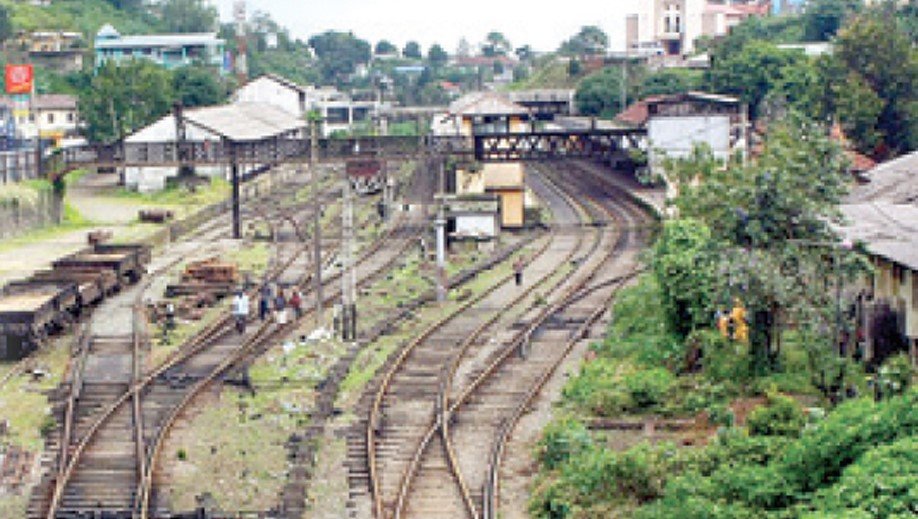
ECONOMYNEXT – Sri Lanka’s central bank has generated a 2,184 million dollar balance of payments surplus up to August 2024, running slightly ahead of last year, official data show.
The August BOP surplus was 361 million US dollars.
Sri Lanka’s central bank has allowed the exchange rate to appreciate amid deflationary policy since scrapping a surrender rule in 2024.
A pegged central bank has to run deflationary monetary policy (selling securities held by the agency to the banking system to curtail domestic credit from rupees generated through from dollar purchases) to generate a balance of payments surplus.
When a BOP surplus (every day or every week) is generated by the central bank it is easy to allow the exchange rate to appreciate by purchasing less than the excess dollars created by deflationary policy.
A central bank that conducts deflationary policy consistently (and collects reserves as a result) can either fix the exchange rate or allow it to appreciate. It can also depreciate by purchasing more dollars than the deflationary policy it engages in (a type of quantity tightening).
Most East Asian export powerhouses avoided currency crises and gave stability for foreign and domestic investors by avoiding spurious monetary doctrines from Anglophone inflationists, by subjugating monetary policy to the exchange rate either through deflationary policy or neutral policy (true currency boards).
The balance of payments is always in ‘balance’ and there is no actual surplus as reserves collected by the central bank are also invested abroad.
When rates are cut claiming that historical inflation in the past 12 months was low (flexible inflation targeting) and the mid-corridor or single policy rate is enforced by inflationary open market operation (domestic asset purchases) the BOP turns into deficit.
The central bank then sells its reserve and brings the proceeds to intervene in forex markets, which is referred to as a balance of payments deficit.
If money is repeatedly injected to keep rates down after the sale (the forex sales is sterilized) a balance of payments crisis develops until the rates are allowed to rise to slow domestic credit.
By engaging in swaps, a central bank is able to suppress rates by selling more reserves than it holds, suppressing its bureaucratic policy rate for a longer period.
In the last currency crisis, which ended in default, the central bank ran down its external assets position to a negative 4.6 billion dollars, using loans from the International Monetary Fund, Bangladesh and India to delay corrections in domestic banking credit.
Fortunately the People’s Bank of China stopped using its swap after gross foreign reserves fell below three months of imports, helping Sri Lanka avoid further balance of payments deficits.
The central bank’s net reserve position improved to a negative 335 million dollars by August 2024.
Critics have called for laws to halt the flexibility of the central bank to engage in swaps and delay corrections in interest rates to prevent the next sovereign default, saying swaps are symptomatic of returns trips to the IMF, just as the original swaps of the Fed contributed to collapse of the Bretton Woods system.
RELATED
Central bank swaps symptomatic of Sri Lanka’s IMF return tickets and default: Bellwether
However the IMF has now given the central bank technical assistance for a single policy rate, despite a series of currency crises, accompanied by a foreign borrowing frenzies, being triggered by targeting the middle of a corridor with excess printed liquidity in the past.
Money was printed in to target the middle of the corridor (also a type of single policy rate at implementation level) to boost growth after technical assistance to calculate potential output. (Colombo/Oct22/2024)
